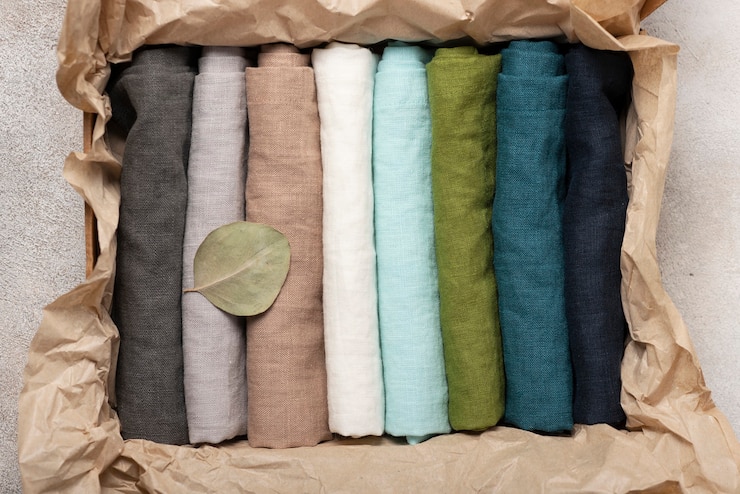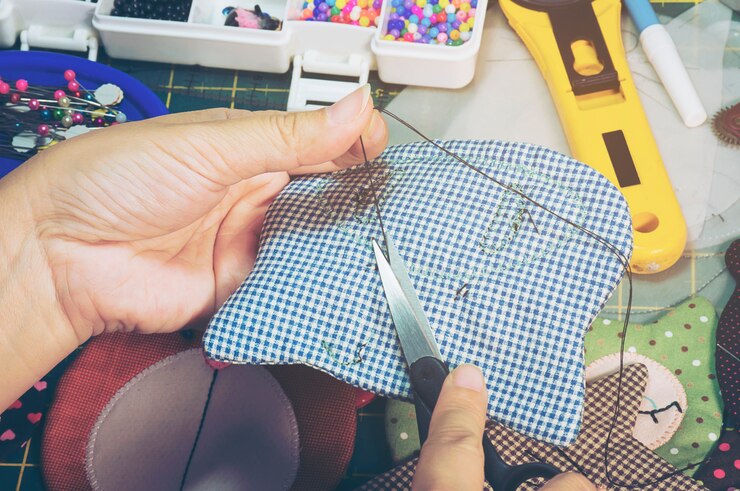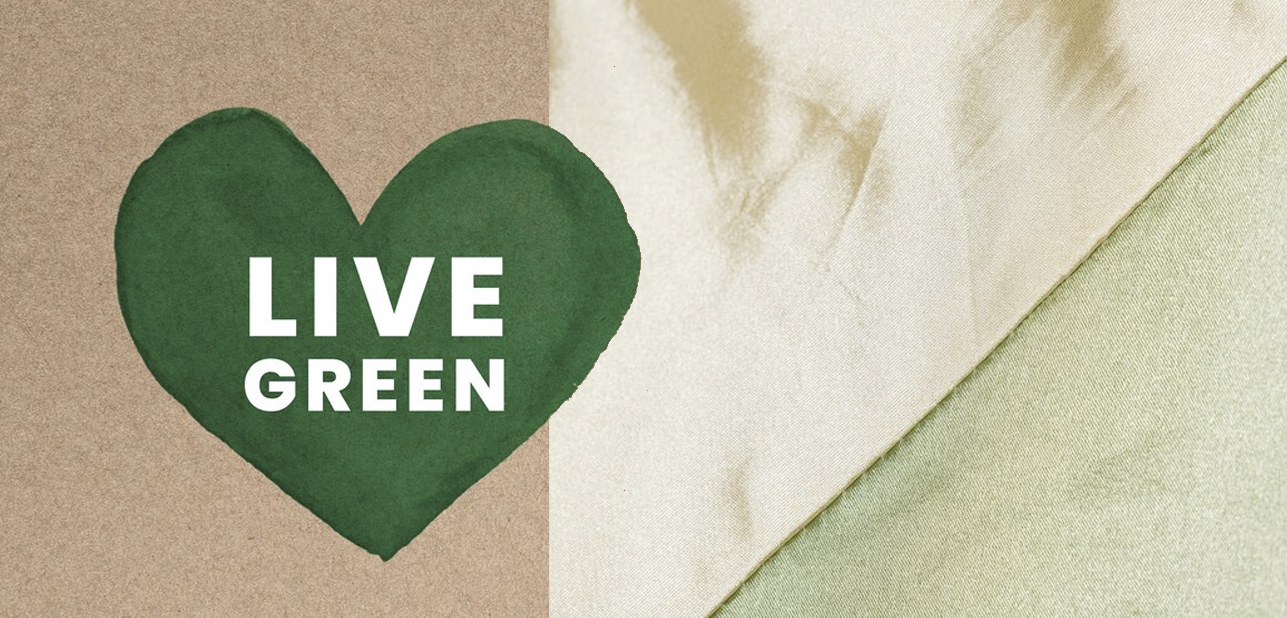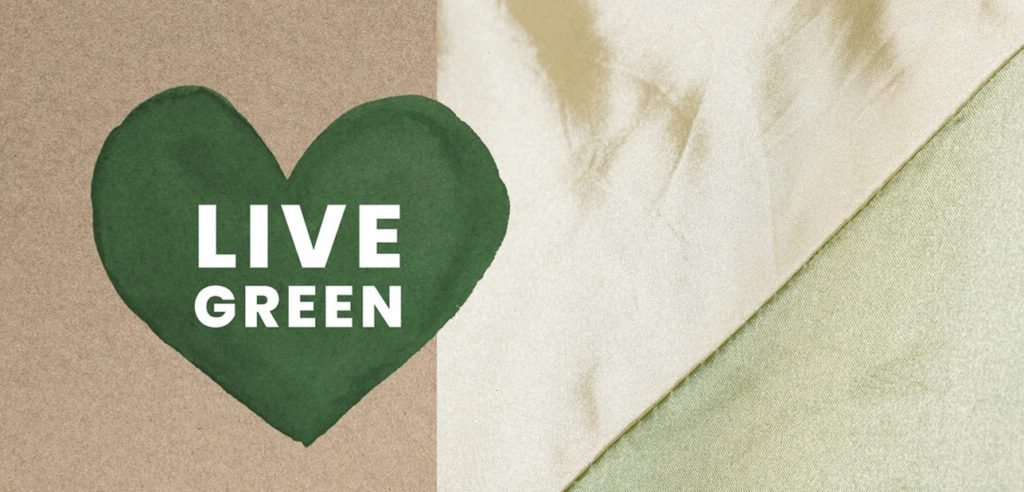In recent years, there has been a growing consciousness of the impact of our choices on the environment. From food to fashion, individuals are striving to adopt sustainable practices in their daily lives. Quilting, a beloved craft that has been passed down through generations, is no exception. By making small changes and embracing eco-friendly practices, quilters can contribute to a more sustainable world. In this article, we’ll discuss some of the ways you can embrace more eco-friendly quilting practices.

Choosing Eco-Friendly Fabrics
One of the first steps towards sustainable quilting is choosing eco-friendly fabrics. Traditional fabrics are often made from non-sustainable materials such as synthetic fibers and conventional cotton, which require large amounts of water, energy, and chemicals during production. By switching to organic cotton, hemp, or bamboo fabrics, quilters can significantly reduce their environmental footprint. These fabrics are grown using sustainable farming methods and are free from harmful chemicals. Moreover, they are softer and longer-lasting, allowing quilts to be treasured for generations to come.
Consider Upcycling Materials When Possible
Another sustainable approach to eco-friendly quilting practices is upcycling materials. Instead of purchasing new fabrics, consider repurposing old clothes, bed sheets, or scrap fabrics. Not only does this reduce waste, but it also adds a unique touch to your quilt. Upcycling allows you to create a quilt with a story, integrating different patterns and textures. By giving these materials a second life, you contribute to reducing landfill waste and conserving precious resources.
Do Your Best to Reduce Waste
Reducing waste during quilt production is another important aspect of sustainable quilting. Cut fabrics can often result in a significant amount of waste. To minimize this, consider planning your quilt pattern efficiently to use the fabric to its fullest potential. By being mindful of your cutting and piecing techniques, you can create beautiful quilts while still reducing waste.
Additionally, consider the scraps that remain after your quilt is complete. Rather than discarding them, find creative ways to utilize them. These scraps can be repurposed into smaller projects such as patchwork pillows, and fabric baskets, or even incorporated into future quilts. By embracing a zero-waste mindset, you can maximize the use of every fabric scrap, thus minimizing your impact on the environment.

Support Ethical Brands and Companies
Sustainable quilting is not only about the materials and techniques used but also about considering the social and ethical aspects of the craft. Where possible, support companies and brands that prioritize fair trade and ethical practices. By purchasing fabrics made by workers who are paid fair wages and work in safe conditions, you are contributing to a more just and sustainable industry.
Overall, adopting eco-friendly quilting practices is about making conscious choices to reduce your impact on the environment and promote ethical practices. By choosing eco-friendly fabrics, upcycling materials, reducing waste in quilt production, and supporting fair trade, you can still create beautiful quilts using one of our quilt patterns, while ensuring a better future for both the craft and the planet.



